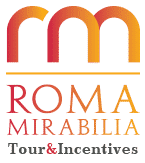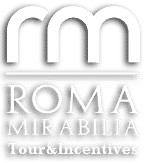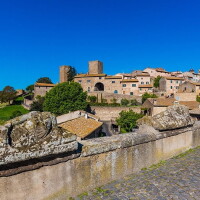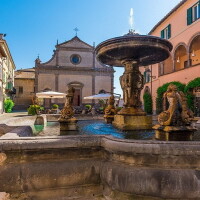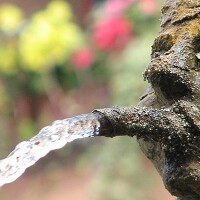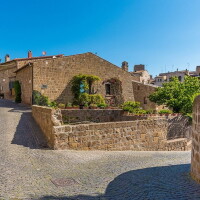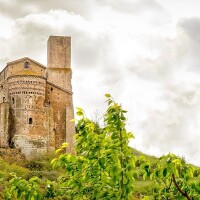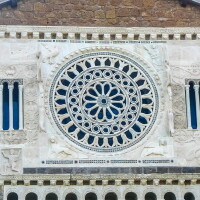According to a legend, Aeneas’ son, Ascanius, founded Tuscania where he had found twelve dog pups (whence comes the Etruscan name Tus-Cana, cana being similar to the Italian language canis for “dog”). The Romans conquered the older town, already inhabited by the Etruscans, in the III century B.C. In the course of subsequent invasions and of the continuous, bloody mediaeval wars, the city lost many beauties, but the final blow came in 1971, when a violent earthquake hit inhabitants very hard. By now, everything has been rebuilt very carefully, but the look of the town has been affected by profound changes. Whoever sees Tuscania for the first time is advised to have a walk in the old quarters, within the walls: nowhere else, is the spirit of the Middle Ages purer and more genuine than here. The main monument of the city is the church of Saint Peter, in Lombard-Romanesque style, begun in the 8th Century and renovated in the 11th-12th Centuries. The interior has a nave and two aisles divided by low columns and pilasters incorporating half-columns, with antique and mediaeval capitals. Other sights to visit include: the Romanesque church of Santa Maria Maggiore, the Archeological Museums and the Etruscan necropolis including the Tomb of the Queen.
